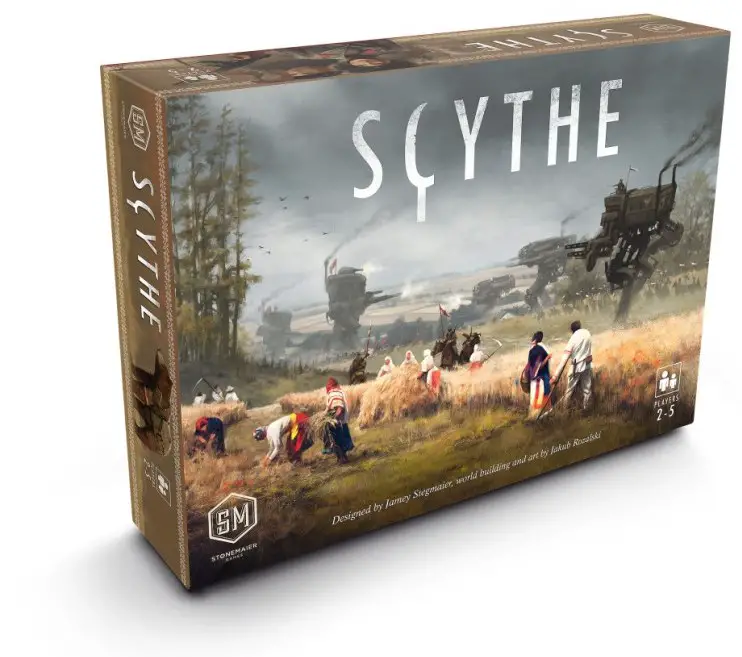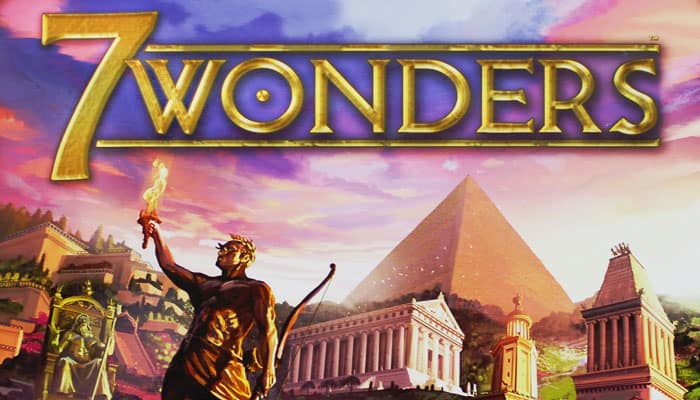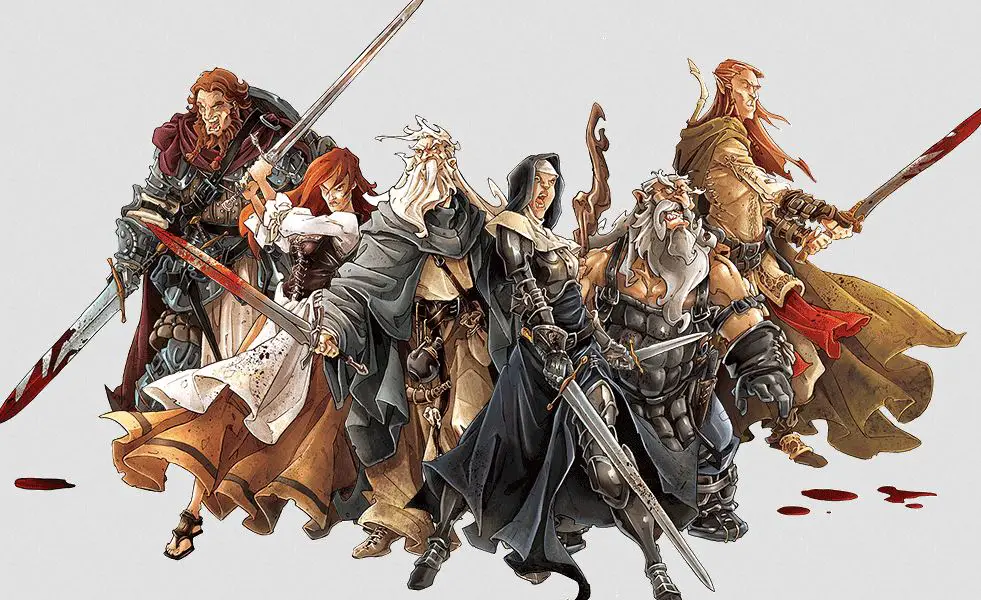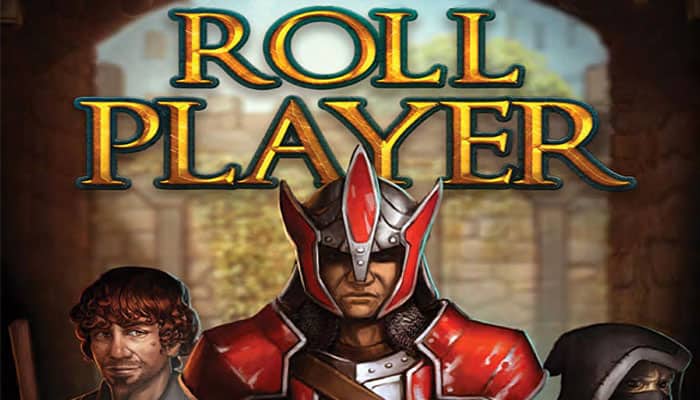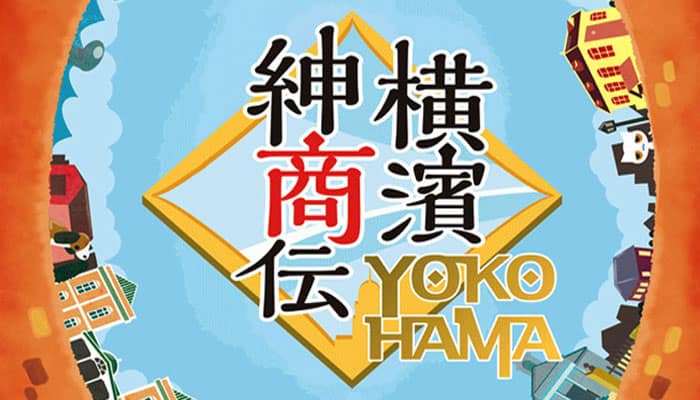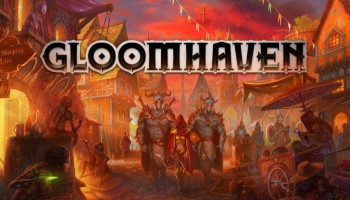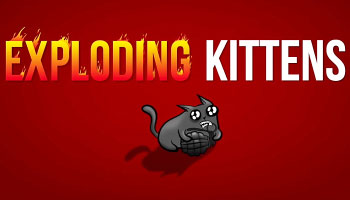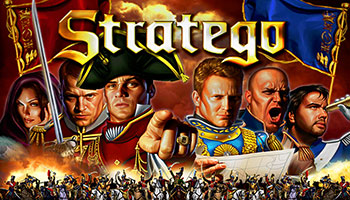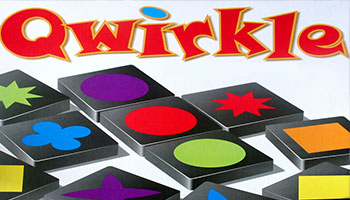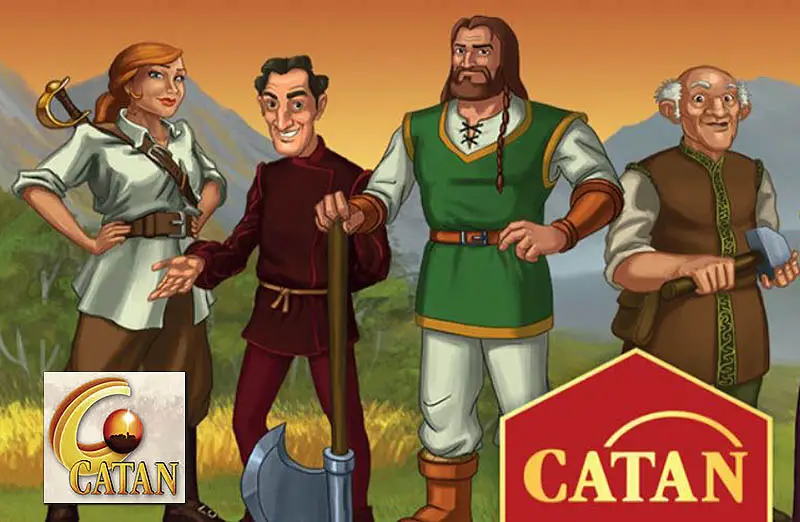
The card set "The Helpers of Catan" is an expansion for "The Settlers of Catan" for 3-6 players, and is also suitable for use with "Seafarers".
Setup
Each card has a helper with a front side "A", and a back side "B". Some cards also have a number.
Make a stack of the numbered cards, A-side-up. The top card will be A1; the remaining cards will follow in numerical order, i.e. A2, A3, etc.
For now, set aside the cards that don't have a number.
When you build your second settlement in the setup phase, take the top card from the stack and place it in front of yourself with the A-side up. Thus, the 1st player receives card A1; the 2nd, A2, and so on.
Spread out the rest of the helper cards (including any leftover numbered cards) as a display, A-side-up, beside the board.
Using Helper Cards
Each helper card offers an advantage. Once you have used the advantage of a card, you have two options:
Return the card to the display and take any other card from there. Place it A-side-up in front of yourself, available for use on a subsequent turn.
Turn the card to its B-side so you can use it a second time (and no more!), when the opportunity arises on a subsequent turn. After you have used the helper a second time, return the card to the display and take a new card.
Important: You can never use a helper card in the same turn that you received it.
When playing with 5-6 players, you may never use a helper card during the Special Building Phase - neither to help with construction nor with buying a development card.
The cards
Merchant: Forced trade

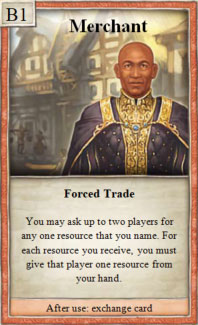
Demand a specific resource from up to 2 players. For each resource you get, give the player any one resource in return.
Mendicant: Help with road construction
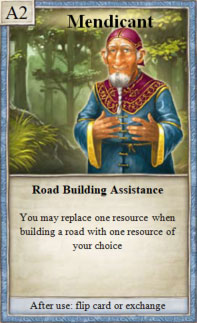
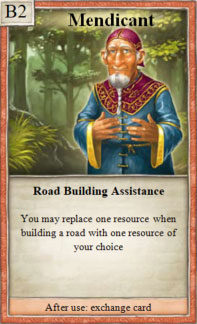
1× during your turn, when you build a road, you may replace either the required brick or the required lumber with any other resource.
Mayor: Resource balanse
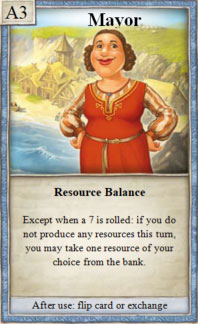
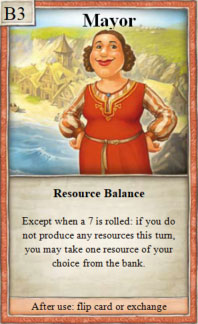
When a die roll (other than "7") does not earn you any resources, you take any 1 resource card.
Explorer: Street relocation

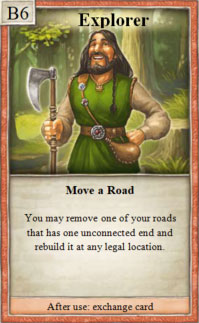
1× during your turn, you can remove 1 of your terminal* roads, and place it elsewhere in compliance with the rules.
General: Protection from the "7"

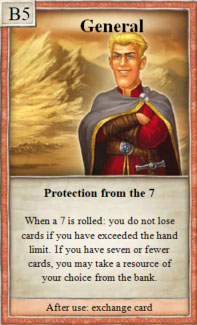
With the next "7": If you have more than 7 resources, you don't lose any resources. If you have 7 or fewer resources, take any 1 resource (before placement of the robber).
Architect: Select development card

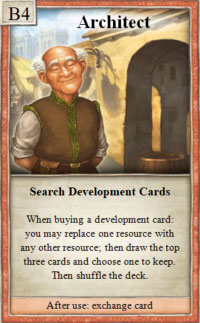
1× during your turn, when purchasing a development card, you can replace 1 of the 3 resources it costs with any other. Select the development card from the first 3 in the stack. Then, shuffle the stack.
Robber bride: Robber in the desert
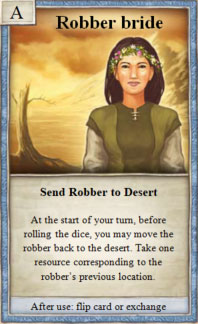
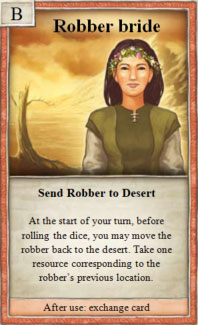
On your turn (even before rolling the dice), you can move the robber to the desert. You receive 1 resource from the landscape from which you pulled the robber.
Captain: Free harbor

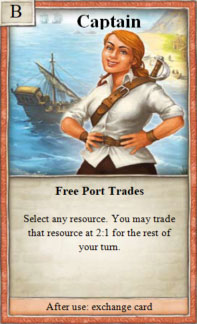
Select 1 resource type, and exchange it as much as you want during your turn at a 2:1 ratio.
Priest: Swords into plowshares

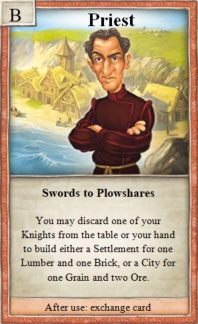
1× per turn, you can put one of your knights put on the discard pile, and then either build a city for 2 ore and 1 wheat, or build a settlement for 1 lumber and 1 brick.
Noblewoman: Resource for the poor
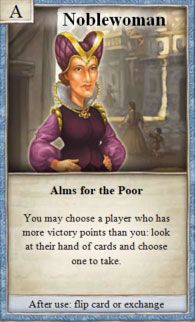
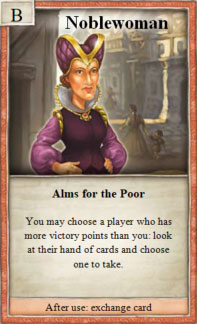
1× during your turn, after rolling the dice, you may select and take 1 resource card from another player who has more victory points than you.





